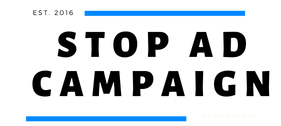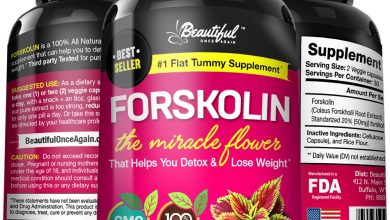Health and Fitness
Hypercortisolism Or Cushing Syndrome And Back Pain
Hypercortisolism, or Cushing syndrome, is the disease of cortisol hyper-production of the adrenal glands in the body. It can also be developed by taking too much cortisol or other anti-inflammatory steroid medications. The most common cause of Cushing is when the pituitary gland produces too much adrenocorticotropic hormone (ACTH) which then causes the production of cortisol from the adrenal glands.
Overproduction of ACTH and cortisol work in conjunction to form a variety of complaints, specifically joint pain, weakness, weight gain, and fatigue. There are a series of other mild to severe symptoms associated with Cushing syndrome as well. With weight gain and joint pain, the patient often suffers from obesity. With obesity and joint pain, back pain becomes an obvious issue.

Well before a Cushing diagnosis is made, the symptoms are weighed carefully. Physicians use a diverse combination of tests and scans to discover an ultimate Cushing or hypercortisolism disorder. Short answer: Cushing syndrome is complicated by side effects of obesity and weakness or abnormal hormone secretions in the body. Blood tests, steroid suppression, x-ray, GTT, angiography, CT scans, and ultrasounds are all common in diagnosing Cushing syndrome. During this entire process, the physician is specifically looking for osteoporosis, adrenal and pituitary gland tumors, hypokalemia (decreased potassium), hypercortisolemia (increased cortisol), and increased ACTH, as well as abnormal white and red blood cell counts.
When a Cushing diagnosis has been made, naturally the next step is a treatment and management plan that you can get from washingtonian. Dietary restrictions are decided upon for weight reduction including low sodium intake, as well as reduced carbohydrates. Most patients are recommended a high protein/high potassium diet. Physical exercise regimens are decided upon keeping in mind the patient’s overall health and what they can and cannot tolerate. During the initial noninvasive treatment period, the patient is closely monitored and additional tests are usually performed. Chemotherapy and radiation therapy are recommended in cases where a malignant tumor has been found.

Untreated Cushing syndrome can eventually lead to more medical complications, some even life-threatening. Some of these include diabetes mellitus, hypertension, nephrosclerosis, arteriosclerosis, congestive heart failure, arrhythmias, and even psychosis. Another common complication of Cushing diagnosed patients is that of fractures, which can then lead to serious and excruciating back pain. To compound the issue, obesity exacerbates back pain symptoms as well. Weight reduction is very important in the treatment of Cushing. Limited by pain and often exogenous obesity, a regular exercise regimen is a challenge to get accomplished. Patients with Cushing should consult their physician regarding a workout routine suited for their needs and capabilities. The physician may have other weight reduction advice as well.
For those with a diagnosis of Cushing syndrome diet maintenance, proper fluid intake/restrictions, and rest are imperative. Because this diagnosis can lead to many more complications, following the treatment plan set up by your health professional is critical. Cushing syndrome and back pain seem to go hand in hand.





